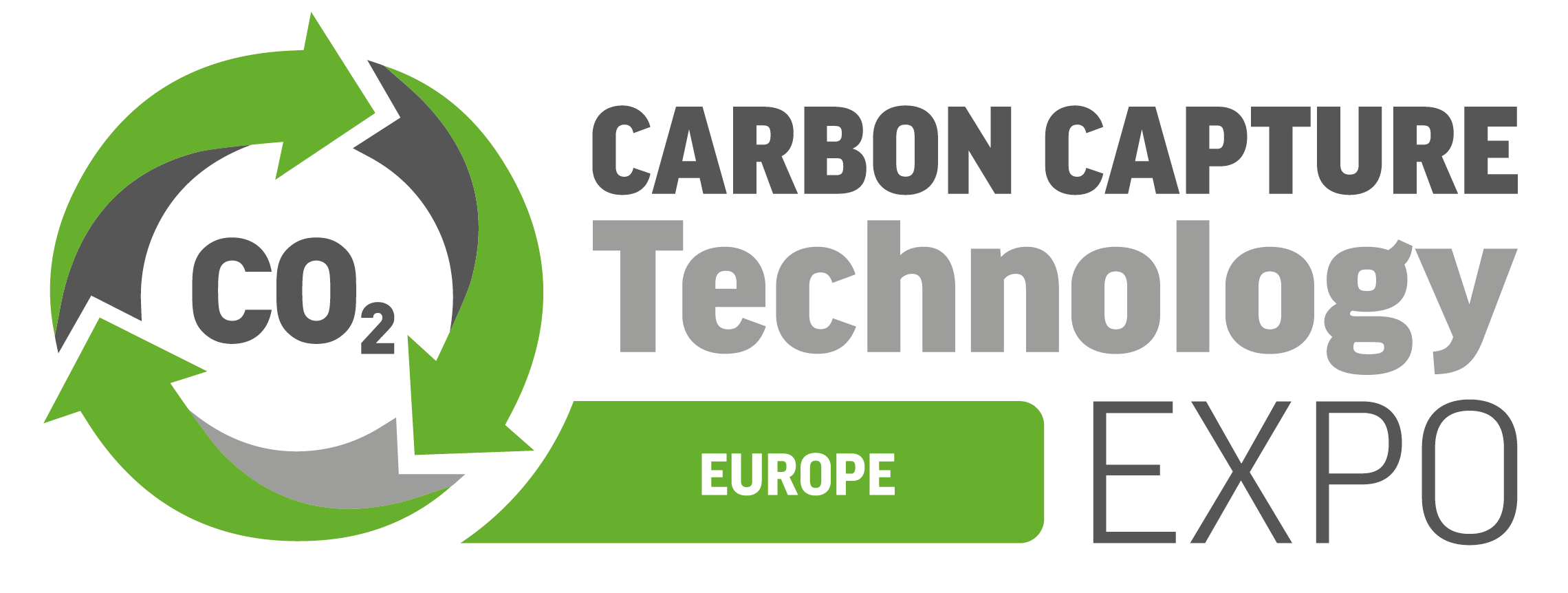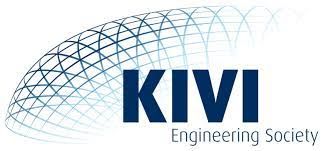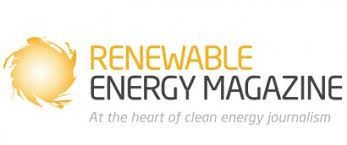Fuel of the future: Decentral E-Methanol (biofuel) production with hydrogen from Electrolysis and bioCO2 from carbon capture or biogas plants
HyGear is realizing a 1 MWe electrolyser for a demonstration plant to produce 100 kg/hr of grade AA e-methanol, also known as green methanol of renewable methanol: a biofuel ideal for heavy duty transport, ships, and aviation. Methanol is the simplest possible alcohol which can be produced in a reactor by combining hydrogen and (bio)CO2 and/or CO. Methanol itself is a liquid at room temperature and pressure thereby being a great energy carrier/storage medium. It has the potential to be the sustainable fuel for hard to abate sectors, such as shipping or air transport. Moreover, it can be used as a liquid battery for long term energy storage (months to years) and can serve as a source of renewable carbon for the chemical industry.
This demonstration project ‘Towards Acceleration and Demonstration of E-methanol’, or TANDEM, has received 3,3 million euros of subsidy for the realization of this project. The system will be built at the site of HyGear in Arnhem, the Netherlands. The total investment being made by the mother company HoSt Group of HyGear is 8 million. This project will have a runtime of 4 years and the first e-methanol is expected to be produced in the third quarter of 2025.
The CO2 input will be captured CO2 from a biogas plant or CHP, which is known as biogenic CO2 or bioCO2. The hydrogen is produced by electrolysis technology in the electrolyser built by HyGear. Just like the electrolysers of HyGear, this complete e-methanol system is designed on a decentralized scale. It will produce CO2-negative fuel from biogenic CO2 (bioCO2). The coming time, legislation and regulations will strongly encourage CO2 capture (national objectives). There will be 2.1 Megatons (2.1 million tons) available in bioCO2 (i.e. CO2 from biogas) in 2030. Another key advantage of decentralized on-site production at the end-user is reduction of transportation movements.
There is also an interesting link to grid congestion: this e-methanol system concerns medium-scale systems that are deployed relatively decentral and can also be used at local solar or wind farms. It can help capture electricity before it enters the electricity grid, helping to combat grid congestion.





)
)
)
)
)
)
)
)
)
)
)
)
)
)
)
)
)
)
)
)
)
)
)
)
)
)
)
)
)
)
)

)
)

)
)
)
)
)
)
)
)
)
)
)


)
)
)
)
)

)
)

)

)
)
)
)
)
)
)
)
)


)
)
)
